Fashion Trends of the 1970s: A Vibrant Decade of Change
The 1970s was a revolutionary decade in fashion, marked by bold colors, extravagant styles, and a significant shift toward gender equality in clothing. As society evolved, so too did its fashion choices. This decade saw a fusion of various influences, from the lingering hippie culture of the late 1960s to the emergence of punk, alongside the glamour of disco.
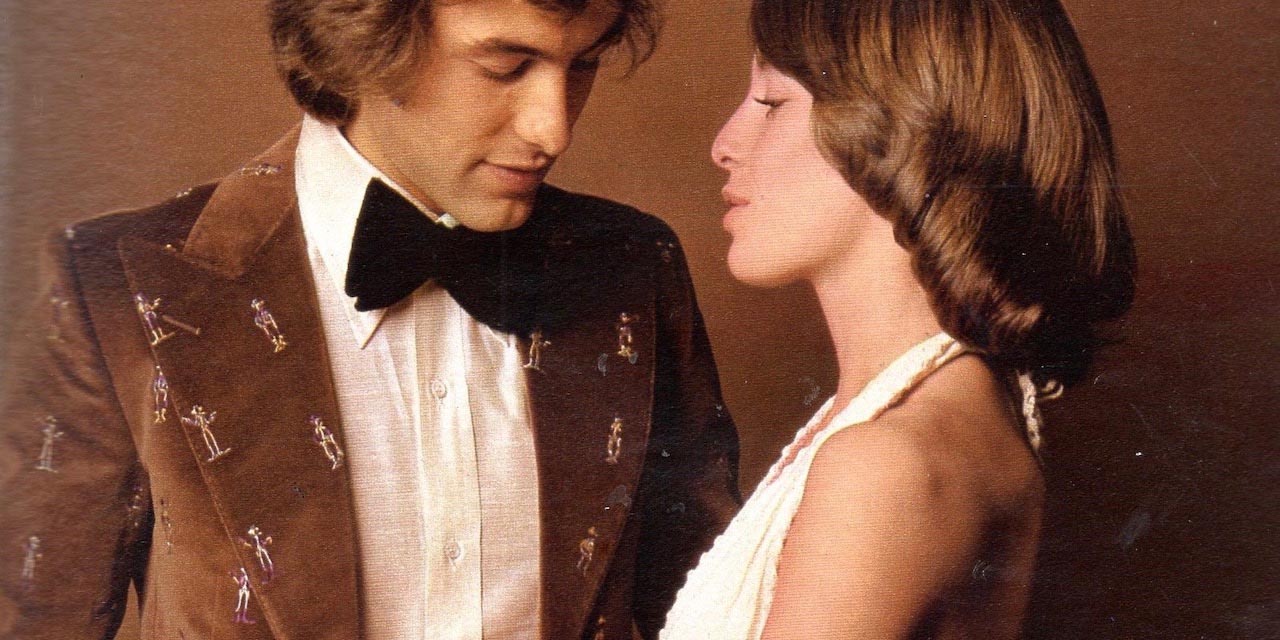
Image: Source Fashion History Timeline
Seventies fashion began decidedly with the reuse of styles from the previous decade, particularly the bohemian, handmade elements embraced by the hippie movement. Designers began to incorporate patchwork, crochet, and embroidery into high fashion, a trend evident in collections from notable designers such as Zandra Rhodes and Yves Saint Laurent.
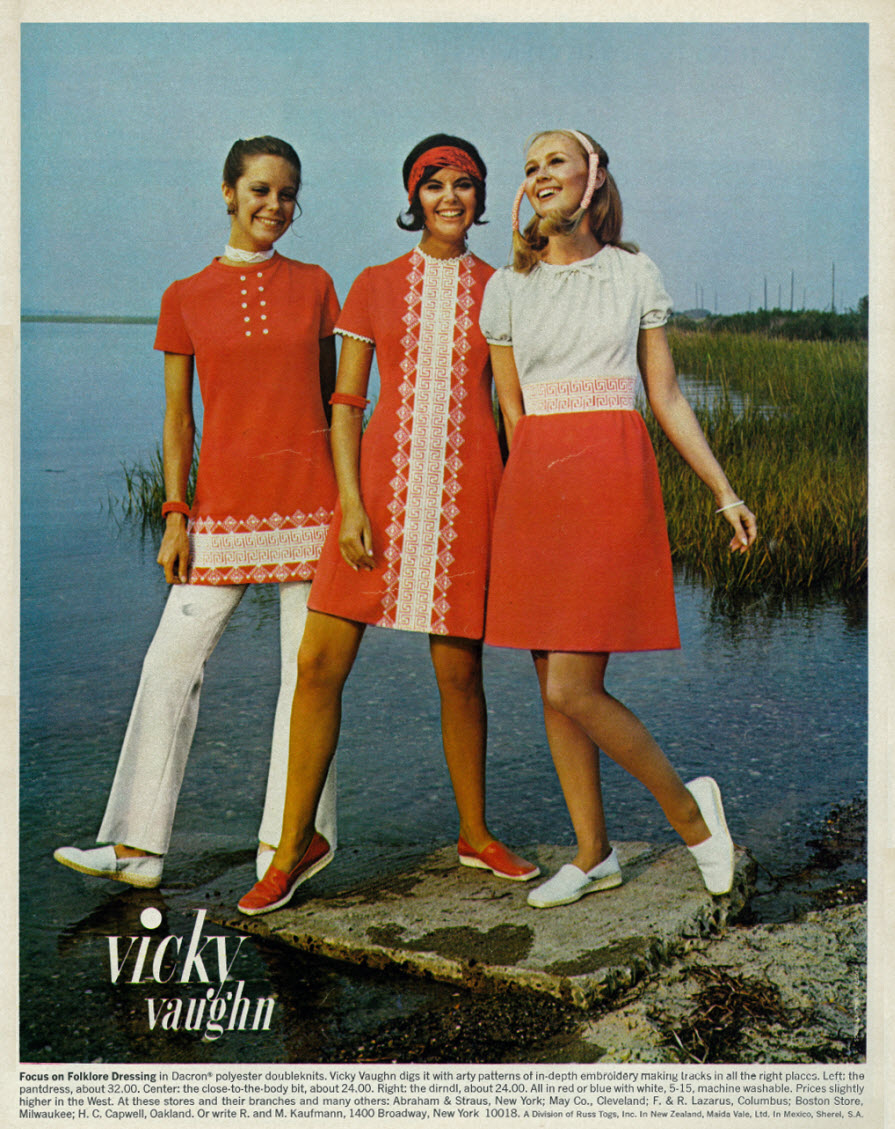
Image: Source Fashion History Timeline
One significant silhouette from this era was the prairie dress, characterized by its midi-length, delicate floral patterns, and flounces, blending Victorian aesthetics with the easygoing vibe of the 1960s. Designers like Gunne Sax popularized this style, which appealed to women seeking a blend of comfort and style.
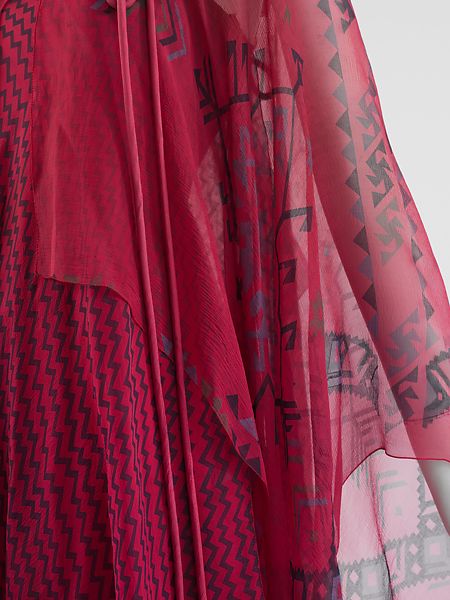
Image: Source Fashion History Timeline
Evening wear underwent a transformation as well, with the rise of disco culture. Fabrics like satin, sequins, and velvet replaced the more casual attire of earlier years, reflecting an increase in glamour. Notable styles included shimmering dresses perfect for dancing, as illustrated by Halston‘s iconic creations.
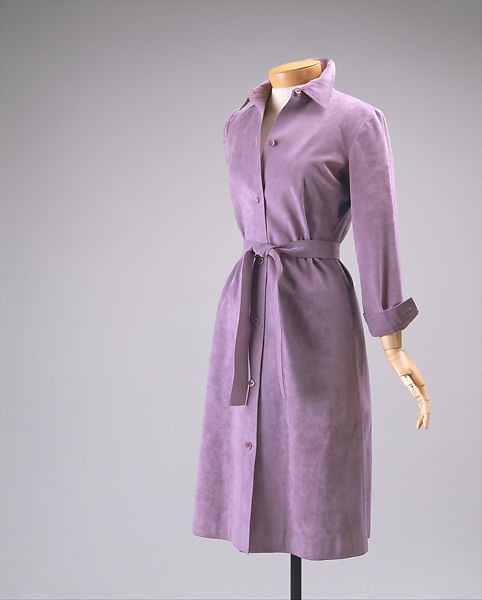
Image: Source Fashion History Timeline
The 1970s also marked a time when women increasingly adopted menswear styles, symbolizing a broader movement towards gender equality in fashion. Yves Saint Laurent famously introduced the tuxedo jacket for women, known as Le Smoking. Trousers became socially acceptable for women in many settings, showcasing a significant shift from previous decades where pants were largely reserved for men.
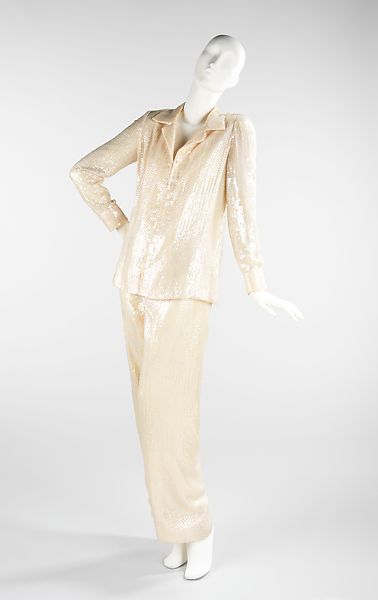
Image: Source Fashion History Timeline
This newfound freedom in fashion extended to children’s wear, which mirrored adult fashion trends in vivid colors and patterns. Children’s outfits began to blur gender distinctions, with boys and girls sporting similar styles, including flared pants and bold prints.
As the decade progressed, comfort took precedence. The wrap dress created by Diane von Fürstenberg showcased this sentiment, allowing for easy transitions from day to night while epitomizing the modern woman’s dynamics. The wrap dress quickly became a bestseller, demonstrating the demand for versatile women’s clothing.
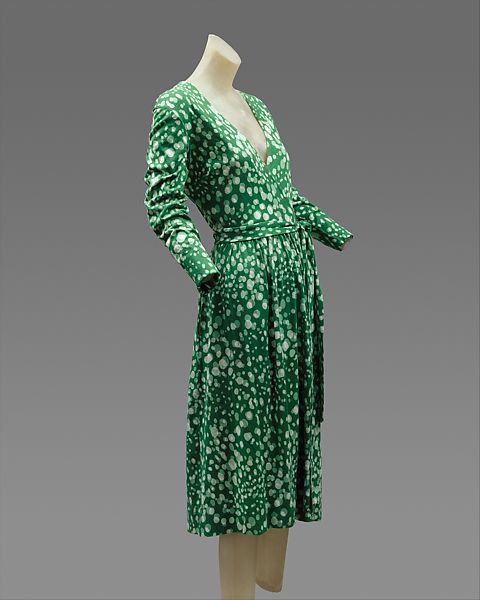
Image: Source Fashion History Timeline
In contrast, towards the later years, the punk rock movement emerged, characterized by its rebellious aesthetics. Punk fashion included tight clothing, leather jackets, and DIY styles, as artists like the Sex Pistols embraced a raw and aggressive look that challenged social norms.
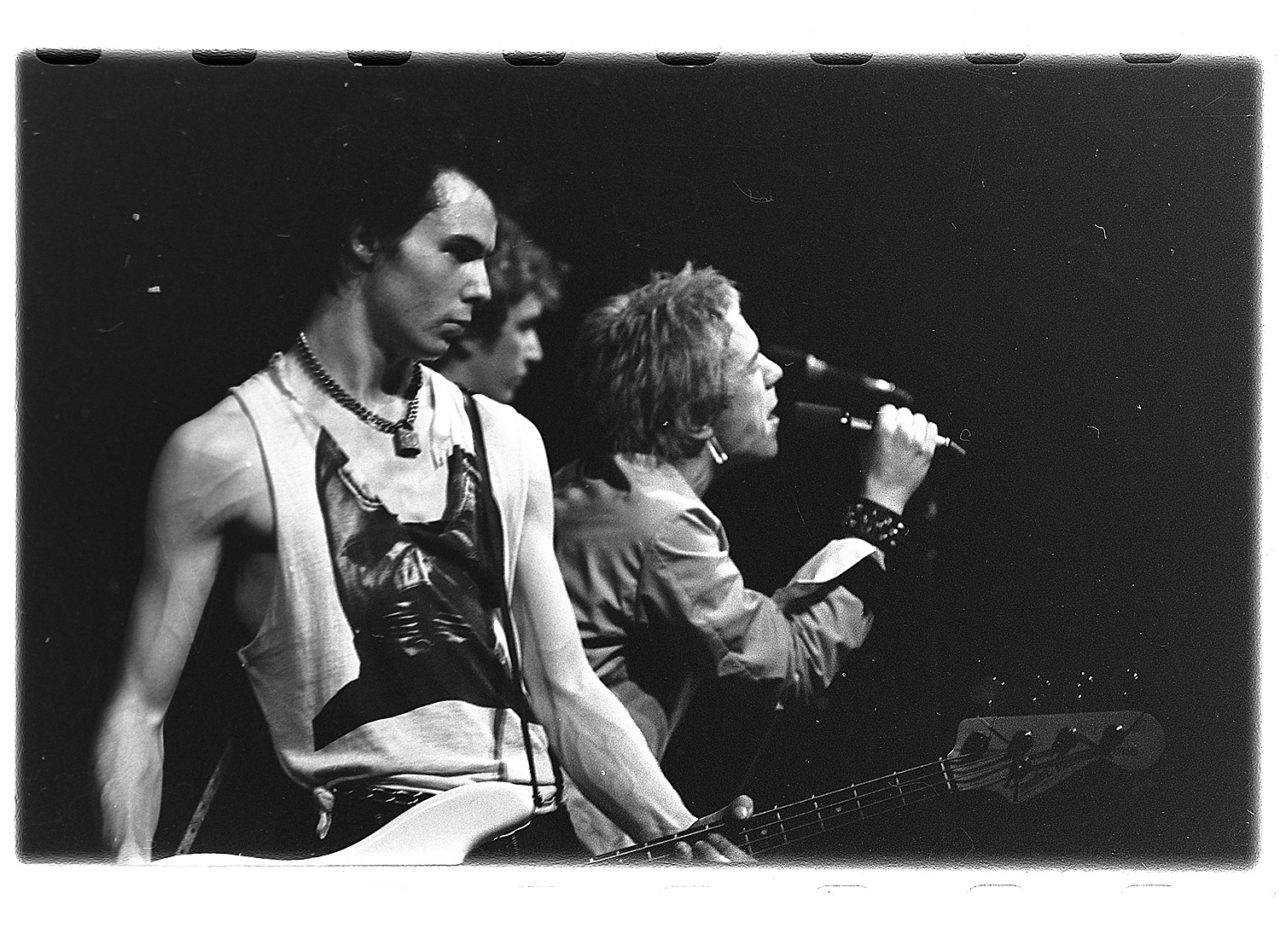
Image: Source Fashion History Timeline
The 1970s was also a decade where African American designers and models started to gain recognition. Designers such as Stephen Burrows and Rudi Gernreich made significant contributions, helping to diversify the fashion narrative and empower new voices within the industry.
Ultimately, the fashion of the 1970s was indicative of broader societal changes, emphasizing individuality, freedom, and gender fluidity. As we reflect on this vibrant decade, it remains clear that the styles and movements established during this time continue to influence modern fashion today.
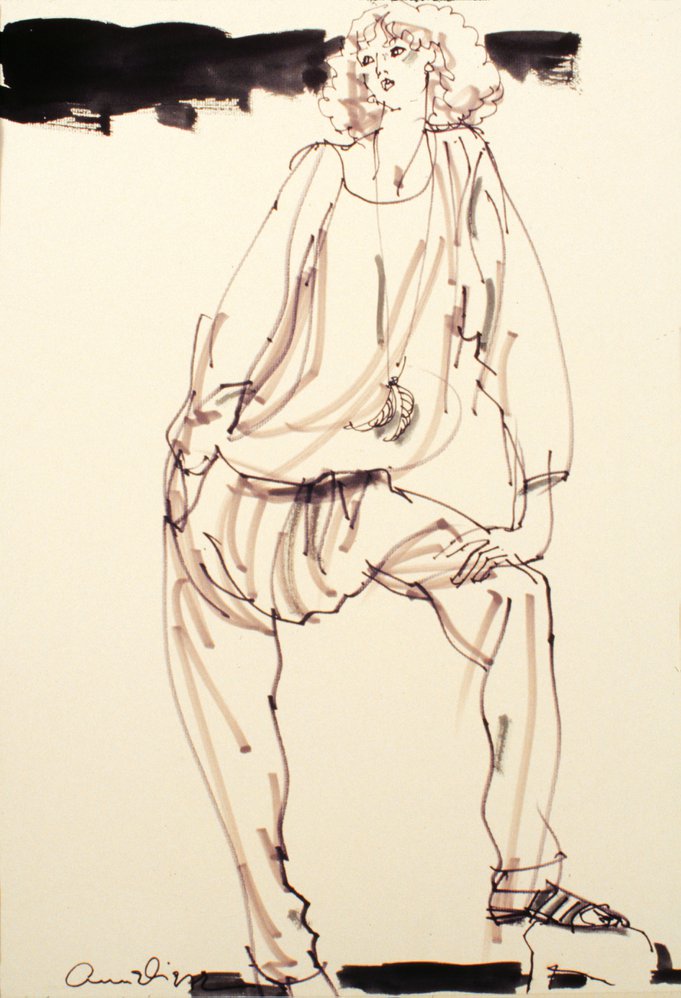
Image: Source Fashion History Timeline